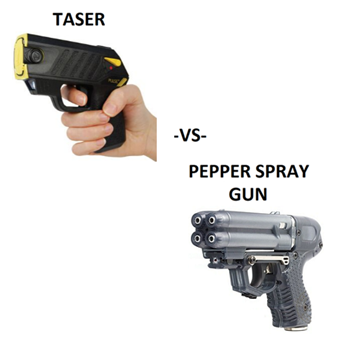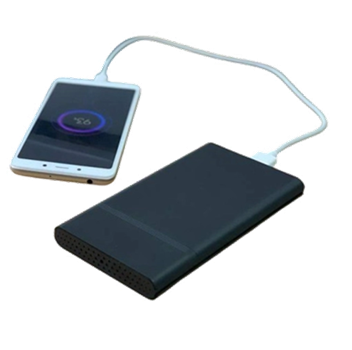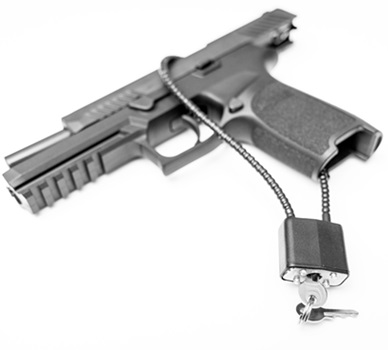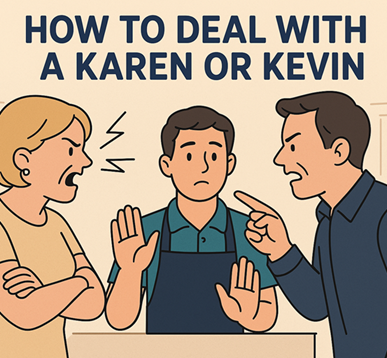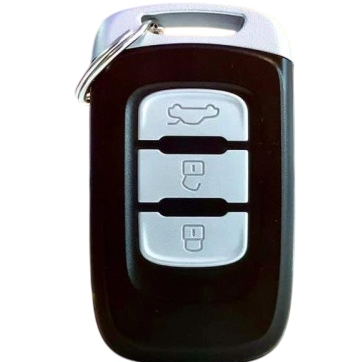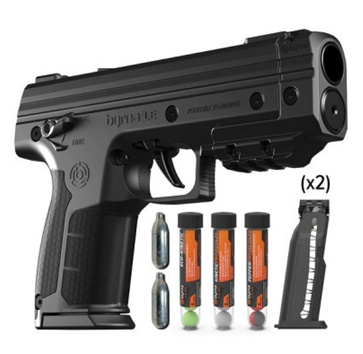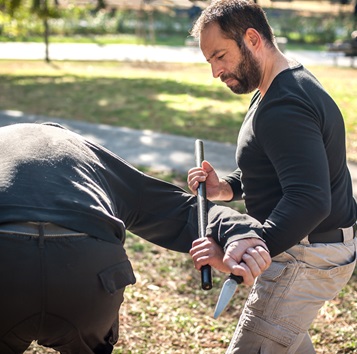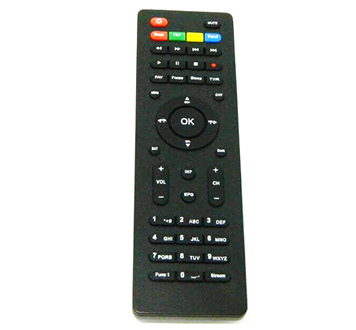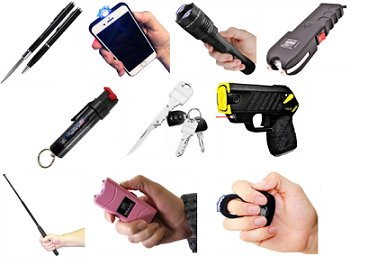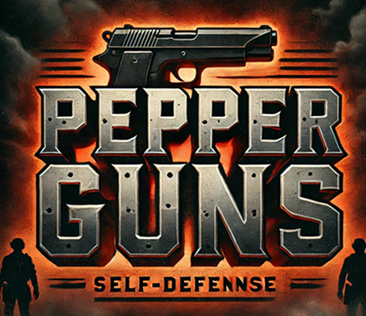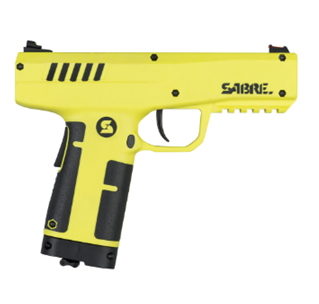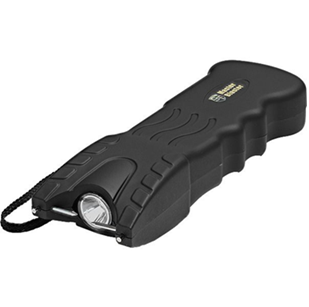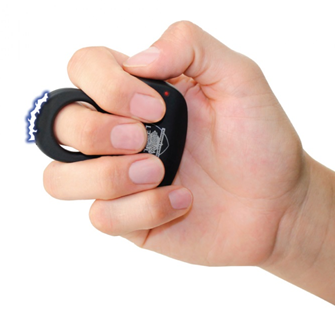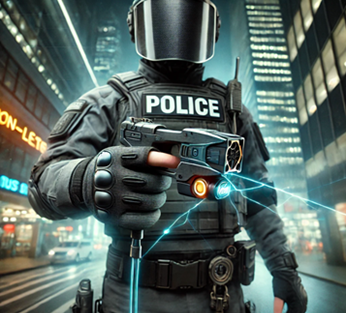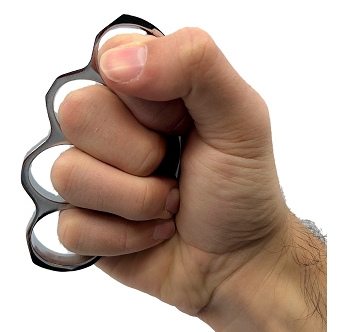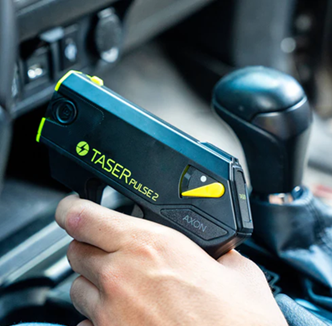What is an OTF Knife?
 Knives are one of the oldest tools known to humankind, evolving over centuries into a vast array of specialized designs for various uses. Among the more modern developments in this category is the out-the-front (OTF) knife, a unique and innovative design that has gained popularity in recent years. Whether you're a knife enthusiast, a collector, or someone considering an OTF knife for everyday carry (EDC) or self-defense, understanding what an OTF knife is and how it works is essential.
Knives are one of the oldest tools known to humankind, evolving over centuries into a vast array of specialized designs for various uses. Among the more modern developments in this category is the out-the-front (OTF) knife, a unique and innovative design that has gained popularity in recent years. Whether you're a knife enthusiast, a collector, or someone considering an OTF knife for everyday carry (EDC) or self-defense, understanding what an OTF knife is and how it works is essential.
What is an OTF Knife?
An out-the-front (OTF) knife is a type of switchblade where the blade deploys and retracts directly from the front of the handle, as opposed to folding out from the side. Unlike traditional folding knives, OTF knives use a sliding mechanism powered by a spring, allowing the blade to "shoot" straight out from the front. These knives are often automatic, meaning the blade can be extended or retracted with the press of a button or slider.
OTF knives are highly valued for their quick deployment, compact design, and one-handed operation, making them a popular choice among tactical users, outdoor enthusiasts, and collectors alike.
History of OTF Knives
While switchblades and automatic knives have been around for well over a century, the development of OTF knives came about as a specific response to the need for faster and more efficient blade deployment. Early versions of OTF knives were used by military personnel during World War II and in subsequent conflicts, where quick access to a blade was often crucial in survival situations.
The design continued to evolve throughout the 20th century, with major improvements in spring technology and the materials used for the blade and handle. Today, OTF knives are considered a versatile and reliable tool for a range of applications, from everyday tasks to professional use.
Types of OTF Knives
There are two primary types of OTF knives: Single Action and Double Action. Each has its own unique characteristics, and understanding the difference between them can help you choose the right knife for your needs.
1. Single-Action OTF Knives
Single-action OTF knives are designed to deploy the blade automatically, but the user must manually retract it. This means that while the blade can be extended with the push of a button, it must be pushed back into the handle manually. This type of knife is often more robust in its spring mechanism since all of the force is dedicated to deploying the blade.
Single-action knives are typically favored for their durability and strength, particularly in tactical and heavy-duty applications. However, the need to manually reset the blade after use can make them slightly less convenient than double-action models.
2. Double-Action OTF Knives
Double-action OTF knives, on the other hand, offer automatic deployment and retraction. A single switch or button controls both actions, making it easier to deploy and retract the blade with one hand. This makes double-action knives more popular among EDC users and those looking for convenience and speed.
While double-action knives are generally easier to use, they do require more maintenance due to the complexity of the internal mechanisms. They are often seen as the more practical option for day-to-day use, but may not be as robust as single-action knives for heavy-duty tasks.
How OTF Knives Work
The magic of OTF knives lies in their internal mechanics. These knives use a spring-loaded mechanism that propels the blade forward when the user activates it. In a double-action knife, the same mechanism pulls the blade back into the handle.
Here’s a simplified breakdown of how an OTF knife works:
- Spring Mechanism: When the button or slider is pressed, the spring releases tension, pushing the blade forward.
- Track System: The blade follows a track inside the handle, ensuring it moves in a straight line.
- Locking System: Once the blade reaches its full extension, it locks into place, making it safe to use. When retracting, the mechanism releases the lock, allowing the blade to slide back into the handle.
- Resetting: After the blade retracts, the internal spring is reset for the next deployment.
This process happens within a fraction of a second, allowing for extremely quick deployment when needed. The speed and efficiency of an OTF knife make it ideal for situations where time is of the essence, such as in self-defense or emergency scenarios.
Materials Used in OTF Knives
OTF knives are crafted from a variety of materials, each offering different benefits in terms of strength, durability, weight, and price. Here are some of the most common materials used:
- Blade Materials:
- Stainless Steel: Resistant to rust and corrosion, making it a popular choice for OTF knives. High-end models often use premium stainless steels like S35VN or M390, which hold an edge longer and are easier to sharpen.
- Carbon Steel: Known for its sharpness and durability, but requires more maintenance to prevent rusting. Carbon steel is often used in tactical OTF knives where strength is a priority.
- Handle Materials:
- Aluminum: Lightweight and durable, aluminum handles are commonly found on OTF knives. They are resistant to wear and provide a good grip.
- Titanium: Stronger and lighter than aluminum, titanium handles are found on premium models. They are highly resistant to corrosion and offer an excellent strength-to-weight ratio.
- G10: A composite material made from fiberglass and resin, G10 handles are extremely tough and provide excellent grip, even in wet conditions.
Legal Considerations
One important factor to consider when owning or carrying an OTF knife is legality. Laws surrounding automatic knives, including OTF models, can vary greatly by region. In some areas, they are fully legal to own and carry, while in others, they are heavily restricted or outright banned.
Before purchasing or carrying an OTF knife, it’s crucial to research the laws in your area to ensure compliance. Many countries and states impose specific restrictions on blade length or automatic mechanisms, so knowing the local regulations will prevent any legal issues.
Applications of OTF Knives
OTF knives are versatile tools that can be used in a variety of scenarios, from everyday carry to more specialized roles in tactical or professional settings.
- Self-Defense: OTF knives are popular for self-defense due to their quick deployment and compact size, allowing users to access a sharp blade in a matter of seconds.
- Everyday Tasks: Many people carry OTF knives as part of their EDC setup, using them for tasks like opening packages, cutting ropes, or other routine jobs.
- Professional Use: Law enforcement, military personnel, and first responders often rely on OTF knives in situations where a fast, one-handed opening mechanism is critical.
Pros and Cons of OTF Knives
Pros:
- Quick Deployment: OTF knives are unmatched in terms of speed, making them ideal for emergency or self-defense situations.
- One-Handed Operation: The design allows users to open and close the knife with one hand, making them convenient for multitasking.
- Compact Design: Most OTF knives are slim and easy to carry, fitting comfortably in a pocket or bag.
Cons:
- Maintenance: OTF knives require regular cleaning and lubrication to ensure the mechanism works smoothly. Dust or debris can affect performance.
- Legality: Automatic knives, including OTF knives, are restricted or banned in some areas.
- Price: High-quality OTF knives tend to be more expensive than traditional folding knives due to their complex mechanisms and materials.
Conclusion
OTF knives are a fascinating and highly functional tool for anyone looking for speed, convenience, and precision in a compact package. Whether you’re using it for self-defense, professional tasks, or simply as part of your everyday carry, the OTF knife offers unmatched performance. However, it’s essential to consider the legalities, maintenance needs, and costs associated with owning one.
Understanding what an OTF knife is and how it works will help you make an informed decision on whether it’s the right tool for your needs.
See prices of OTF Knives
Company Info
Customer Service
Product Information
- TASER® and Stun Devices Regulations by State
- TASER® Safe Escape Product Replacement Guarantee
- TASER® Comparison Chart
- TASER® User Manuals
- TASER® Warranty Info
- Byrna Product Catalog
- PepperBall Manuals & Spec Sheets
- Pepper Spray Laws
- Air Gun Laws
- States that Restrict Automatic and Butterfly Knives
- Our Print Catalog



























